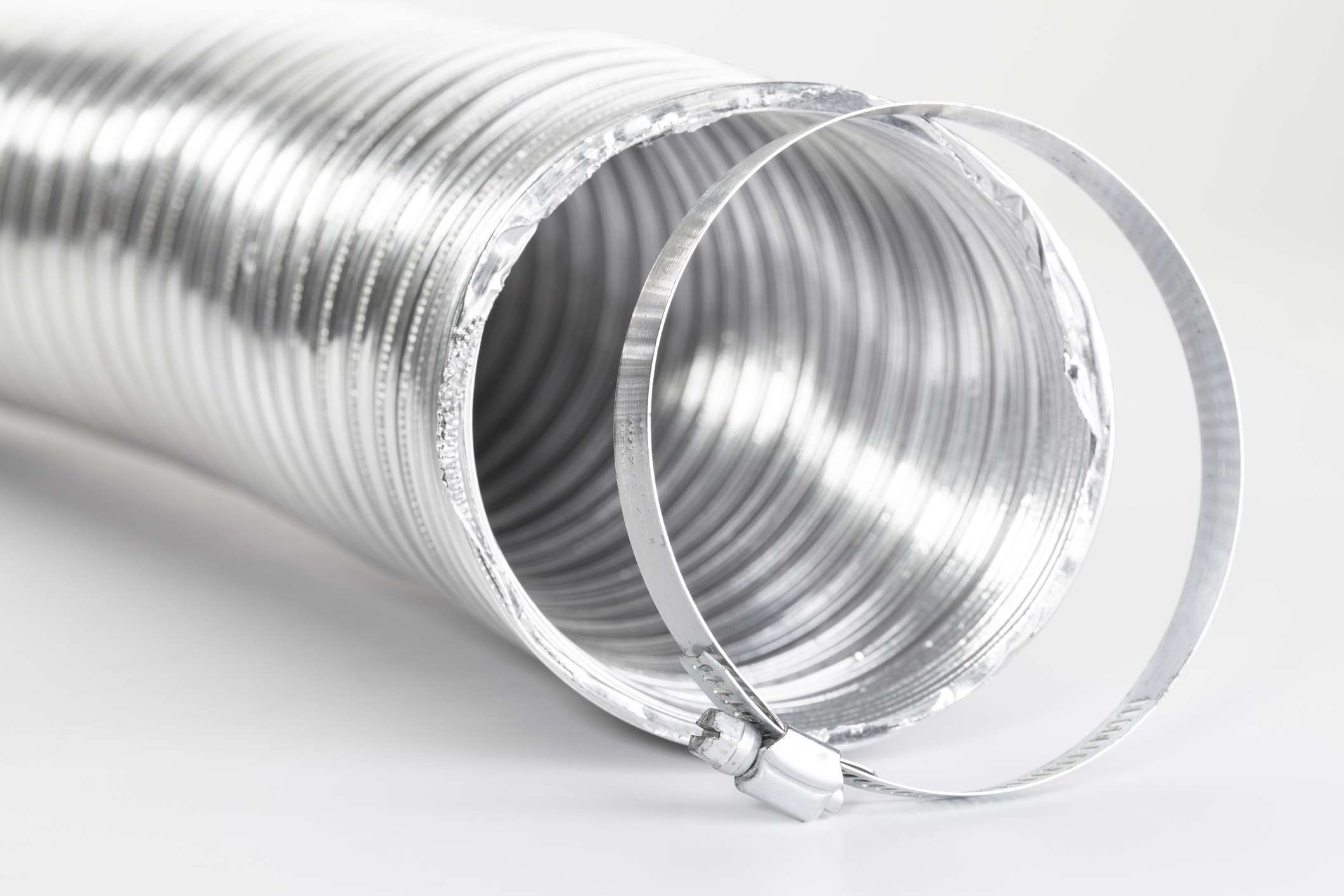

Articles
How Hot Does A Dryer Vent Get
Modified: August 25, 2024
Learn how hot a dryer vent can get and prevent potential fire hazards with these informative articles.
(Many of the links in this article redirect to a specific reviewed product. Your purchase of these products through affiliate links helps to generate commission for Storables.com, at no extra cost. Learn more)
Introduction
The dryer vent is an essential component of any home’s laundry system. It is responsible for expelling the hot and damp air generated during the drying process, ensuring that your clothes come out fresh and dry. While many homeowners are aware of the importance of cleaning their dryer vents regularly to prevent lint buildup and reduce the risk of fire, few understand the significance of monitoring the temperature of the vent.
In this article, we will explore the topic of dryer vent temperatures. We will discuss why it is important to know how hot a dryer vent can get and the potential dangers associated with high temperatures. Additionally, we will provide tips on ensuring proper ventilation and temperature control to maintain the efficiency and safety of your dryer vent system.
Key Takeaways:
- Regularly monitoring the temperature of your dryer vent is crucial for maintaining efficiency, safety, and peace of mind. Understanding the typical temperature range and potential dangers can help you take proactive measures to prevent hazards.
- Factors such as dryer type, vent length, and maintenance can affect dryer vent temperatures. Regular cleaning, proper ventilation, and monitoring can help mitigate risks and ensure a safe and efficient drying process.
Read more: How Hot Does A Hair Dryer Get
Understanding Dryer Vents
Before we delve into the topic of dryer vent temperatures, it is important to have a basic understanding of how dryer vents function. A dryer vent is a conduit that connects the dryer machine to the outside environment, allowing the hot air and moisture to escape. It is typically made of metal or flexible tubing and is installed either through an exterior wall or the roof of the house.
As you run your dryer, the hot air is circulated through the drum, evaporating the moisture from your clothes. This hot, damp air is then expelled through the dryer vent, preventing it from accumulating inside your home. Without a properly functioning vent, the excess heat and humidity can lead to mold growth, condensation, and damage to your home’s interior.
Dryer vents also play a crucial role in preventing the buildup of lint, which is a byproduct of drying your clothes. Lint can accumulate inside the dryer vent, restricting airflow and causing the dryer to work inefficiently. Moreover, lint is highly flammable and can pose a serious fire hazard if it ignites in the vent.
Understanding how your dryer vent operates and recognizing the importance of proper maintenance will help you appreciate the significance of monitoring the temperature within the vent system.
Importance of Knowing the Temperature
Knowing the temperature inside your dryer vent is crucial for several reasons. Firstly, it helps you ensure that your dryer is operating at optimal efficiency. By monitoring the temperature, you can ensure that the air is hot enough to effectively dry your clothes without overheating or underheating them. This can help you save energy and reduce drying time.
Secondly, understanding the temperature of your dryer vent allows you to identify any potential issues or malfunctions. If the temperature is consistently too high or too low, it could indicate a problem with the heating element, thermostat, or ventilation system. Detecting these issues early on can help prevent costly repairs or even a complete breakdown of the dryer.
Furthermore, knowing the temperature of your dryer vent is crucial for safety reasons. Excessively high temperatures can pose a fire hazard, especially if the vent is clogged with lint or obstructed in any way. By monitoring the temperature, you can ensure that it stays within a safe range, reducing the risk of a dryer fire.
Lastly, understanding the temperature of your dryer vent can give you peace of mind. It allows you to be proactive in addressing potential issues, ensuring the safety and efficiency of your dryer. It also provides you with the knowledge necessary to make informed decisions about any necessary repairs or upgrades to your dryer system.
In the next section, we will explore the various factors that can affect the temperature of your dryer vent, helping you understand why temperature fluctuations may occur.
Factors Affecting Dryer Vent Temperature
Several factors can contribute to the temperature fluctuations in your dryer vent. Understanding these factors can help you identify the reasons behind abnormal temperatures and take appropriate measures to address them.
- Dryer Type and Model: Different dryer models have varying heating capabilities, which can affect the temperature of the vent. Gas dryers tend to produce higher temperatures compared to electric dryers.
- Vent Length and Configuration: The length and configuration of your dryer vent can impact its temperature. If the vent is long, has multiple bends, or is obstructed, it can hinder airflow and lead to higher temperatures.
- Ventilation System Efficiency: The efficiency of your home’s ventilation system can also affect dryer vent temperatures. If the vent is not properly connected to the outside, or if there are issues with the ventilation system, it can result in inadequate airflow and increased heat buildup.
- Dryer Maintenance and Lint Buildup: Regular maintenance and cleaning of your dryer are essential in preventing lint buildup, which can obstruct airflow and lead to higher temperatures. A clogged vent not only affects the efficiency of the dryer but also poses a significant fire hazard.
- Environmental Factors: The environmental conditions surrounding your dryer can impact its vent temperature. Factors such as ambient temperature, humidity levels, and ventilation in the laundry room can affect the overall temperature of the vent.
By considering these factors, you can better understand why your dryer vent temperatures may vary. If you notice excessively high or low temperatures, it is important to investigate the underlying causes and take appropriate action to ensure safe and efficient operation.
Clean your dryer vent regularly to prevent overheating. The vent can reach temperatures of up to 135°F during a regular cycle, posing a fire hazard if not properly maintained.
Typical Temperature Range of Dryer Vents
The temperature range of a dryer vent can vary depending on several factors, including the type of dryer, ventilation system, and environmental conditions. While there may be slight variations, the average temperature range of a properly functioning dryer vent is typically between 120°F (49°C) to 160°F (71°C).
During the drying cycle, the temperature inside the drum of the dryer can reach up to 135°F (57°C) to 150°F (66°C). As the hot air is expelled through the vent, it gradually cools down. This drop in temperature is normal and indicates that the vent is effectively expelling the hot air outside.
It is important to note that the vent temperature can fluctuate throughout the drying process. For instance, at the beginning of the cycle, the vent temperature may be lower as the dryer heats up. As the drying process progresses and the clothes release moisture, the vent temperature may rise. However, if the vent temperature consistently exceeds 160°F (71°C), it may indicate an issue with the dryer or the vent system that needs to be addressed.
Monitoring the temperature of your dryer vent can provide valuable insights into its performance and efficiency. It is recommended to use a digital infrared thermometer to measure the temperature at various points along the vent pipe, both near the dryer and where it exits the house. This will give you a better understanding of any temperature variations that may exist.
Understanding the typical temperature range of your dryer vent is essential, as it helps you identify abnormal temperature fluctuations that may indicate a problem. Next, we will explore the potential dangers associated with high dryer vent temperatures.
Read more: Why My Dryer Not Getting Hot
Potential Dangers of High Dryer Vent Temperatures
While it is normal for the temperature of a dryer vent to reach up to 160°F (71°C), consistently high temperatures can indicate potential dangers and should not be ignored. Here are some of the hazards associated with excessively high dryer vent temperatures:
- Increased Fire Risk: High temperatures combined with lint buildup in the vent can create a dangerous environment. Lint is highly flammable and can ignite if exposed to extreme heat, leading to a potentially devastating dryer fire. Regular cleaning of the vent and ensuring proper airflow can help mitigate this risk.
- Overheating of Clothes: If the temperature inside the dryer vent is too high, it can cause clothes to overheat. This can result in damage to the fabric, shrinking, or even melting of certain materials. It is important to maintain proper ventilation and airflow to prevent overheating.
- Strain on the Dryer: Higher vent temperatures can put additional strain on the dryer’s heating element and other components. This can lead to premature wear and tear, increased energy consumption, and potential breakdowns. Monitoring and maintaining optimal vent temperatures can prolong the lifespan of your dryer.
- Uncomfortable Indoor Environment: In some cases, high dryer vent temperatures can lead to an uncomfortable indoor environment. The excess heat can raise the temperature in the laundry room, making it uncomfortable to work in. Proper ventilation and temperature control are essential for maintaining a comfortable living space.
- Increased Energy Consumption: If the vent temperature is consistently high, it may indicate an issue with the dryer’s heating element or ventilation system. This can result in inefficient operation and increased energy consumption. Regular maintenance and monitoring of vent temperatures can help optimize energy efficiency.
By being aware of the potential dangers associated with high dryer vent temperatures, you can take the necessary precautions to prevent these risks. In the next section, we will provide some helpful tips for ensuring proper ventilation and temperature control to maintain the safety and efficiency of your dryer vent system.
Tips for Ensuring Proper Ventilation and Temperature Control
To ensure the proper ventilation and temperature control of your dryer vent system, consider implementing the following tips:
- Regularly Clean the Dryer Vent: Regularly clean the dryer vent to remove lint and debris that can obstruct airflow. Use a vent brush or vacuum cleaner to clean both ends of the vent, as well as any bends or connections. This will help maintain proper ventilation and reduce the risk of fire.
- Check for Ventilation Blockages: Inspect the vent opening outside your home to ensure it is clear of any obstructions, such as birds’ nests, leaves, or debris. This will allow for unrestricted airflow and prevent overheating.
- Optimize Vent Length and Configuration: Keep the dryer vent as short and straight as possible, minimizing the number of bends and turns. This will allow for better airflow and reduce heat buildup. If your vent is excessively long, consider hiring a professional to make necessary adjustments.
- Maintain Proper Clearance: Ensure that there is sufficient space around the dryer to allow for proper airflow. Avoid blocking the vent with furniture or other objects that can impede the airflow and lead to increased temperatures.
- Regularly Inspect and Maintain the Dryer: Perform routine maintenance on your dryer, such as cleaning the lint screen and checking for any signs of damage or wear. Replace faulty heating elements or thermostats promptly to prevent overheating.
- Monitor Vent Temperatures: Regularly measure the temperature of your dryer vent using a digital infrared thermometer. Compare the readings to the average temperature range and note any significant variations. Consult a professional if you consistently observe high temperatures.
- Consider Ventilation Upgrades: If you have an older home or a dryer vent that is not up to code, consider upgrading to a rigid metal vent or a flexible foil transition duct. These materials offer better airflow and reduce the risk of excessive heat buildup.
By implementing these tips, you can maintain proper ventilation and temperature control in your dryer vent system. This will help ensure the safety, efficiency, and longevity of your dryer while minimizing the risk of fire and other potential hazards.
Conclusion
Monitoring the temperature of your dryer vent is essential for maintaining the efficiency and safety of your laundry system. By understanding how hot a dryer vent can get and the factors that can influence its temperature, you can take proactive measures to prevent potential hazards and ensure optimal performance.
Regular cleaning of the dryer vent, checking for ventilation blockages, and maintaining proper clearance around the dryer are crucial steps in ensuring proper ventilation and temperature control. Additionally, routine maintenance of your dryer and monitoring of vent temperatures play a vital role in identifying potential issues and taking prompt action to address them.
Excessively high dryer vent temperatures can lead to increased fire risks, clothes damage, strain on the dryer, uncomfortable indoor environments, and higher energy consumption. By following the tips provided for proper ventilation and temperature control, you can mitigate these risks and maintain a safe and efficient drying process.
Remember that safety should always be a top priority. If you notice consistent high temperatures in your dryer vent or have any concerns about its performance, consult a professional to assess and resolve the issue. With proper maintenance and monitoring, you can enjoy the benefits of a well-functioning and safe dryer vent system.
Frequently Asked Questions about How Hot Does A Dryer Vent Get
Was this page helpful?
At Storables.com, we guarantee accurate and reliable information. Our content, validated by Expert Board Contributors, is crafted following stringent Editorial Policies. We're committed to providing you with well-researched, expert-backed insights for all your informational needs.
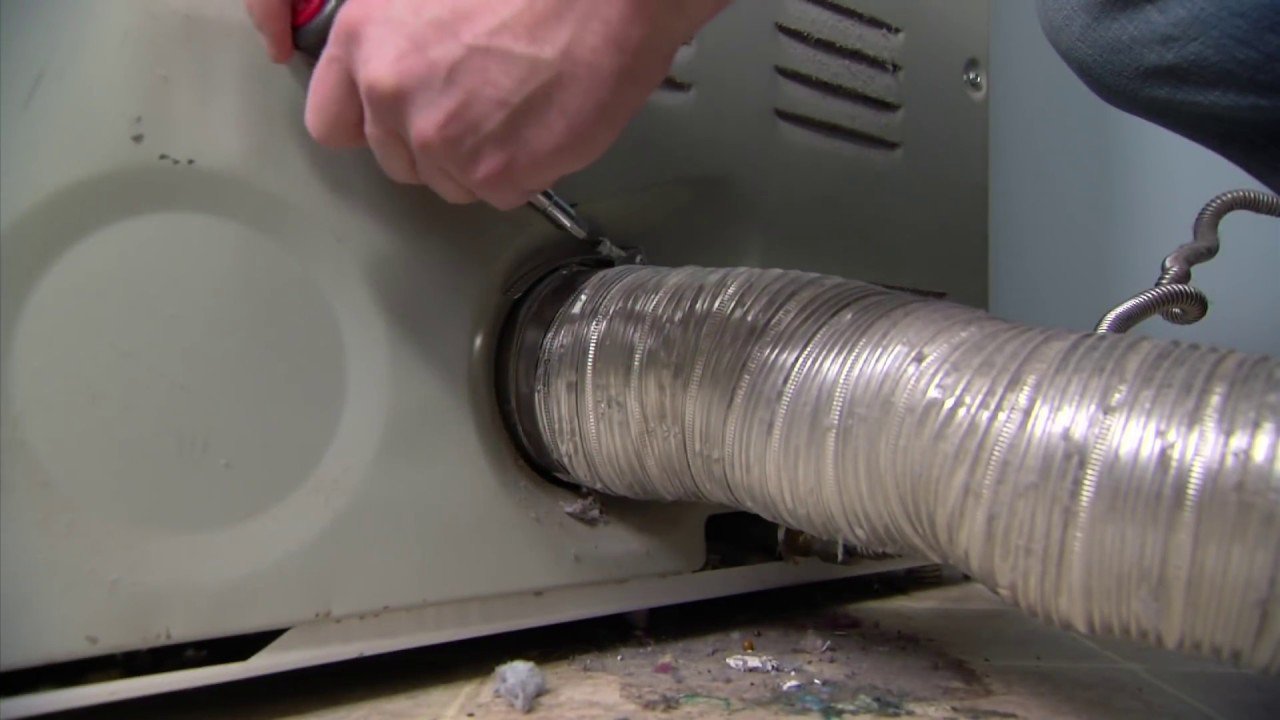
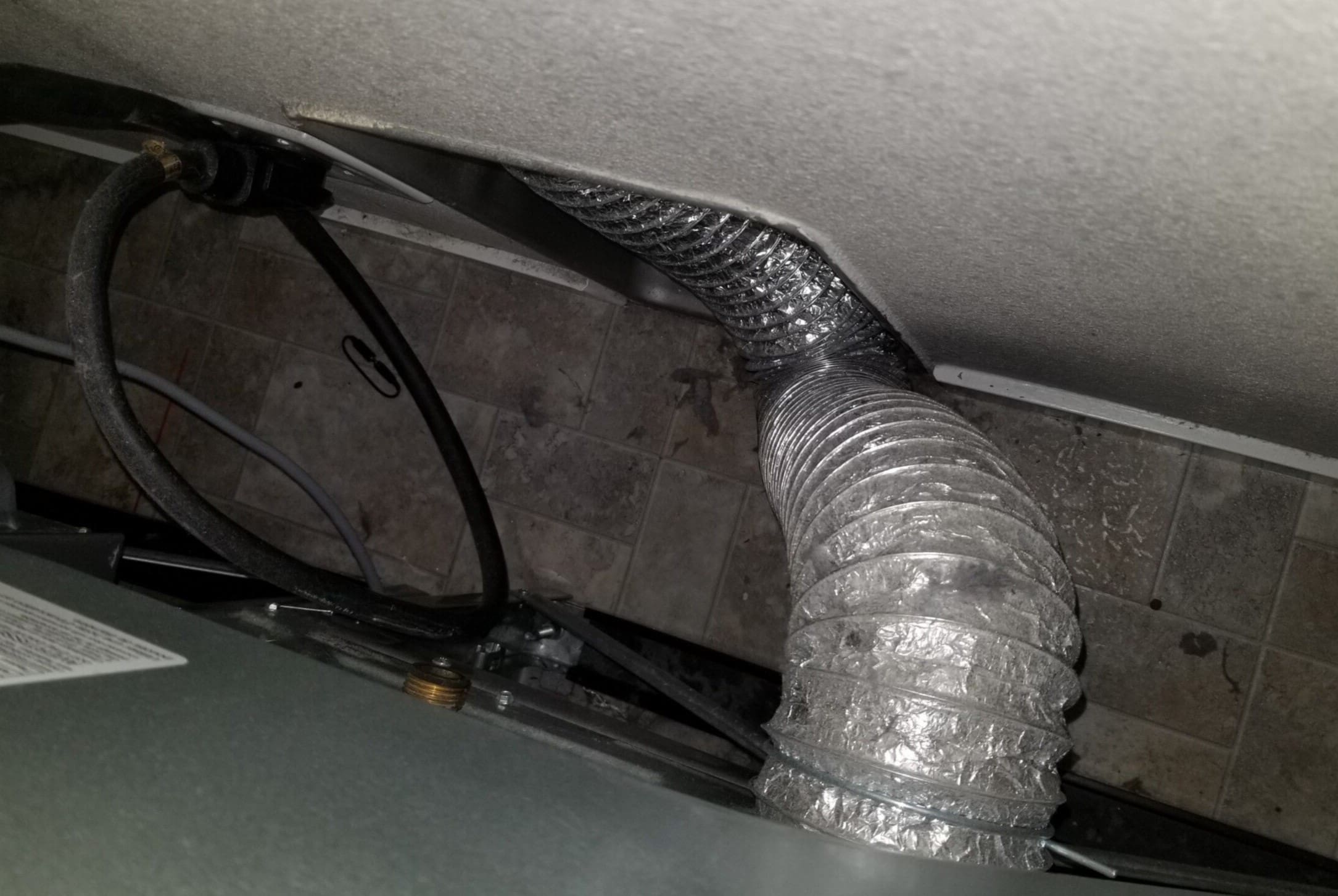
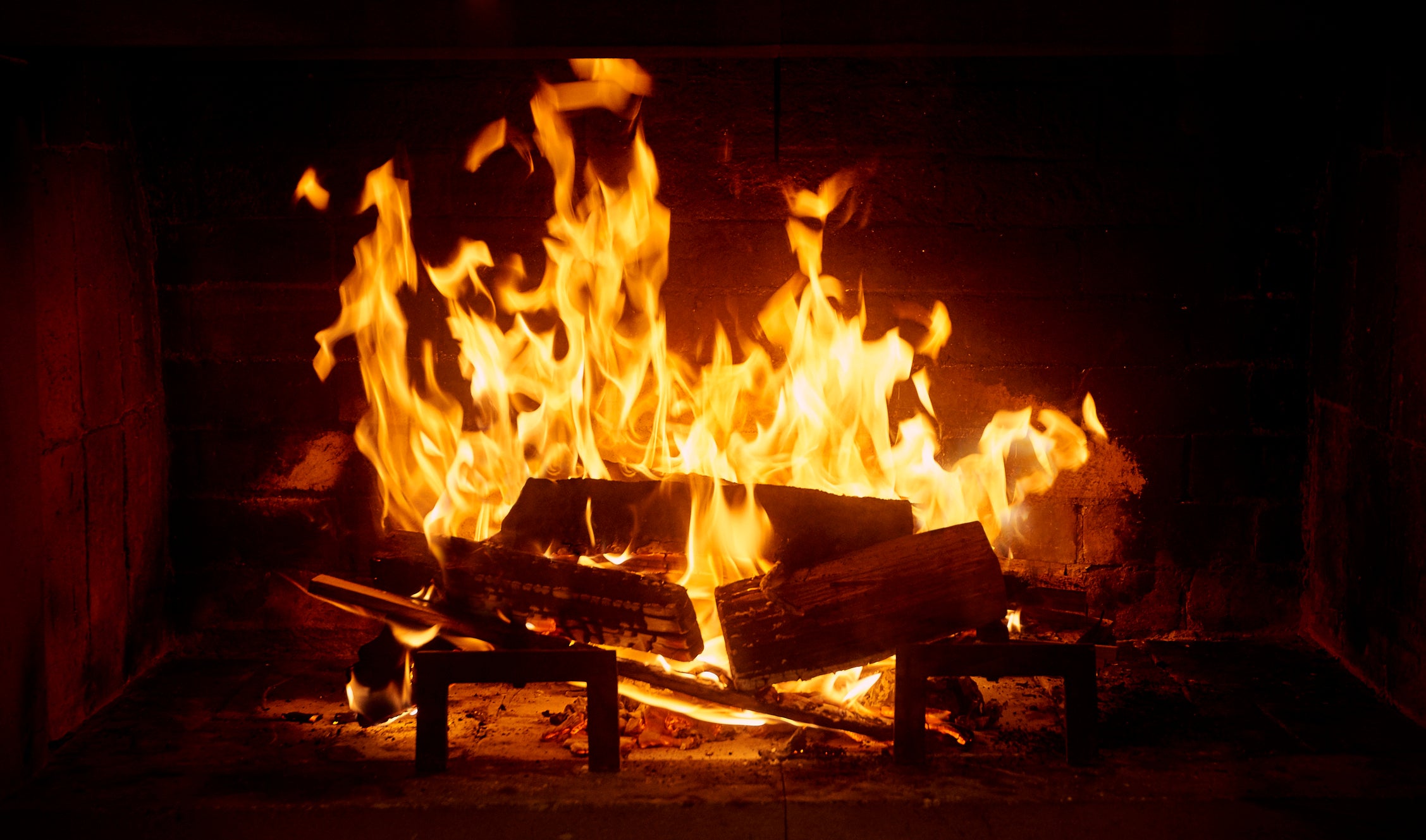
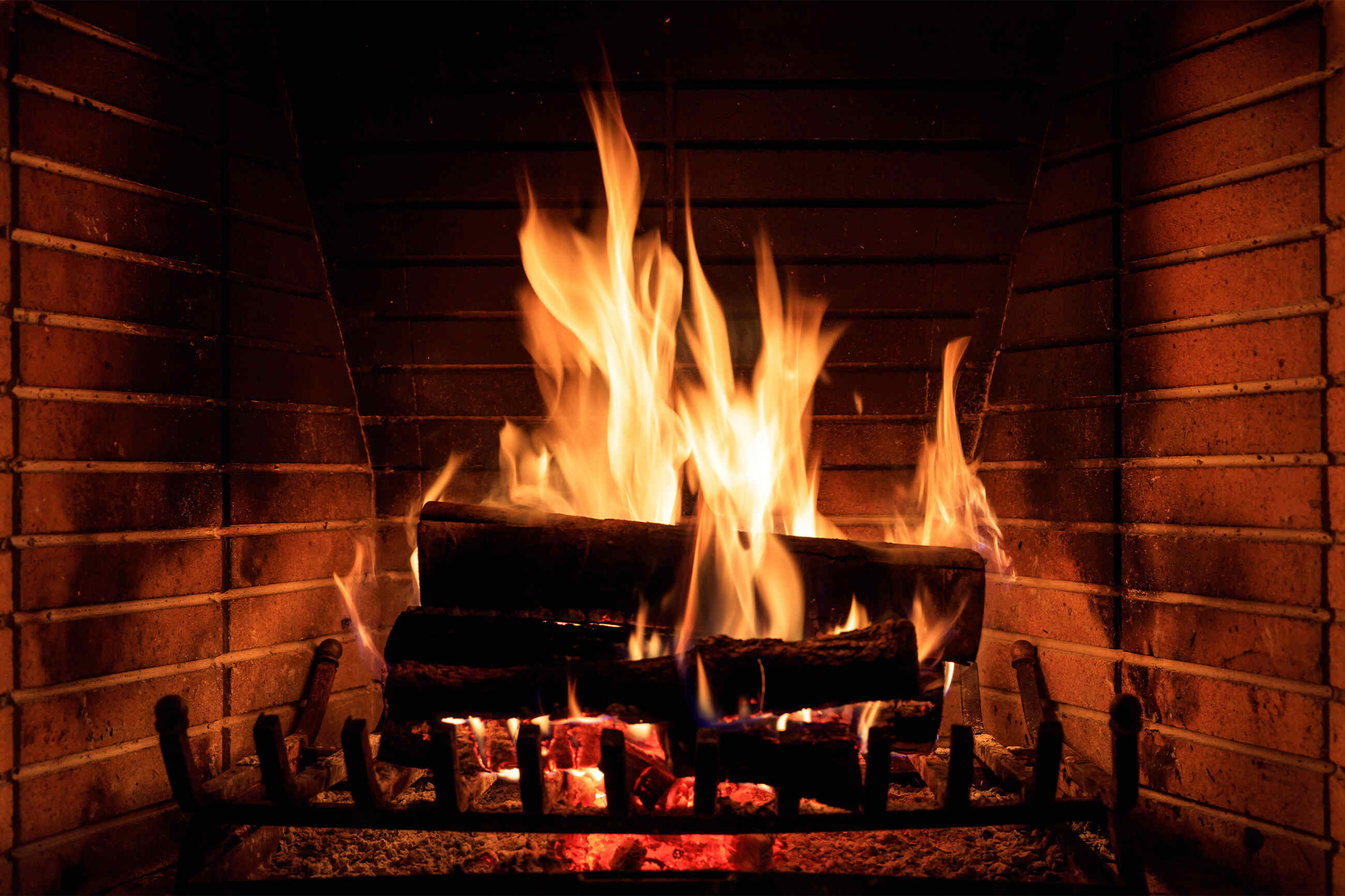
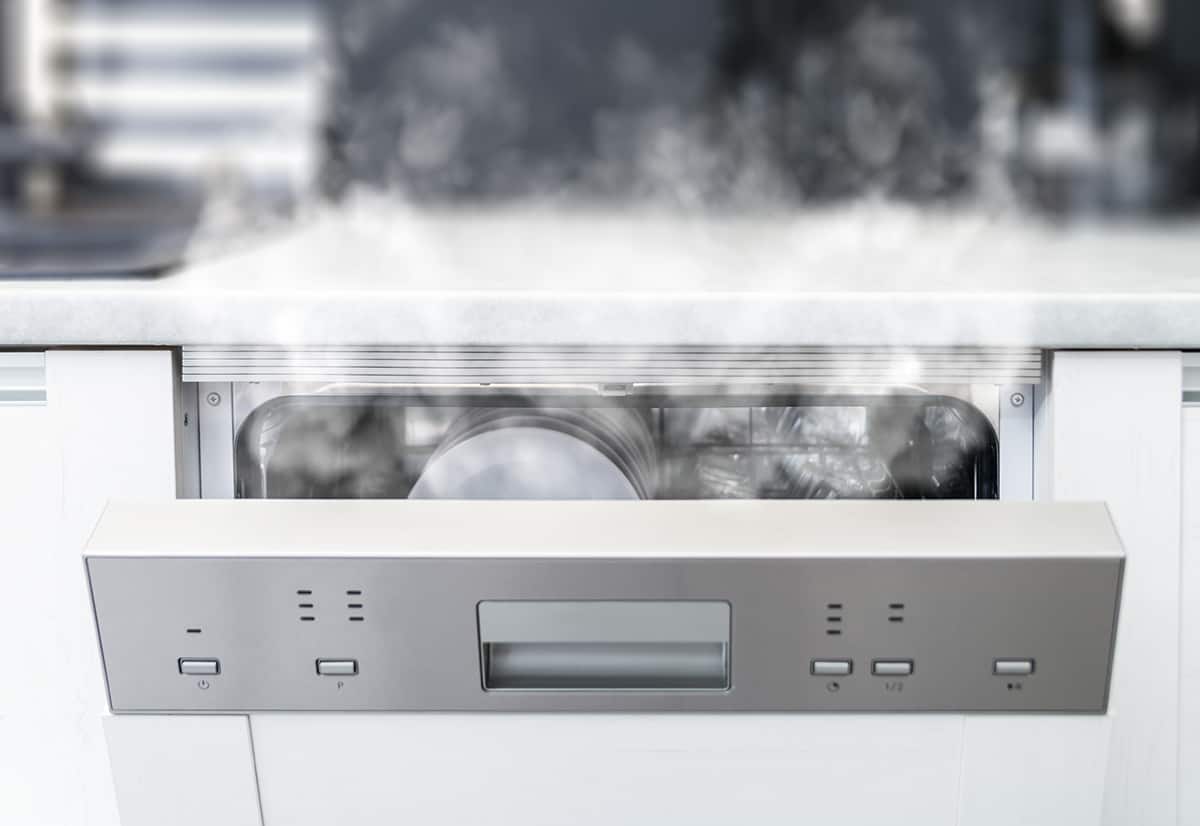
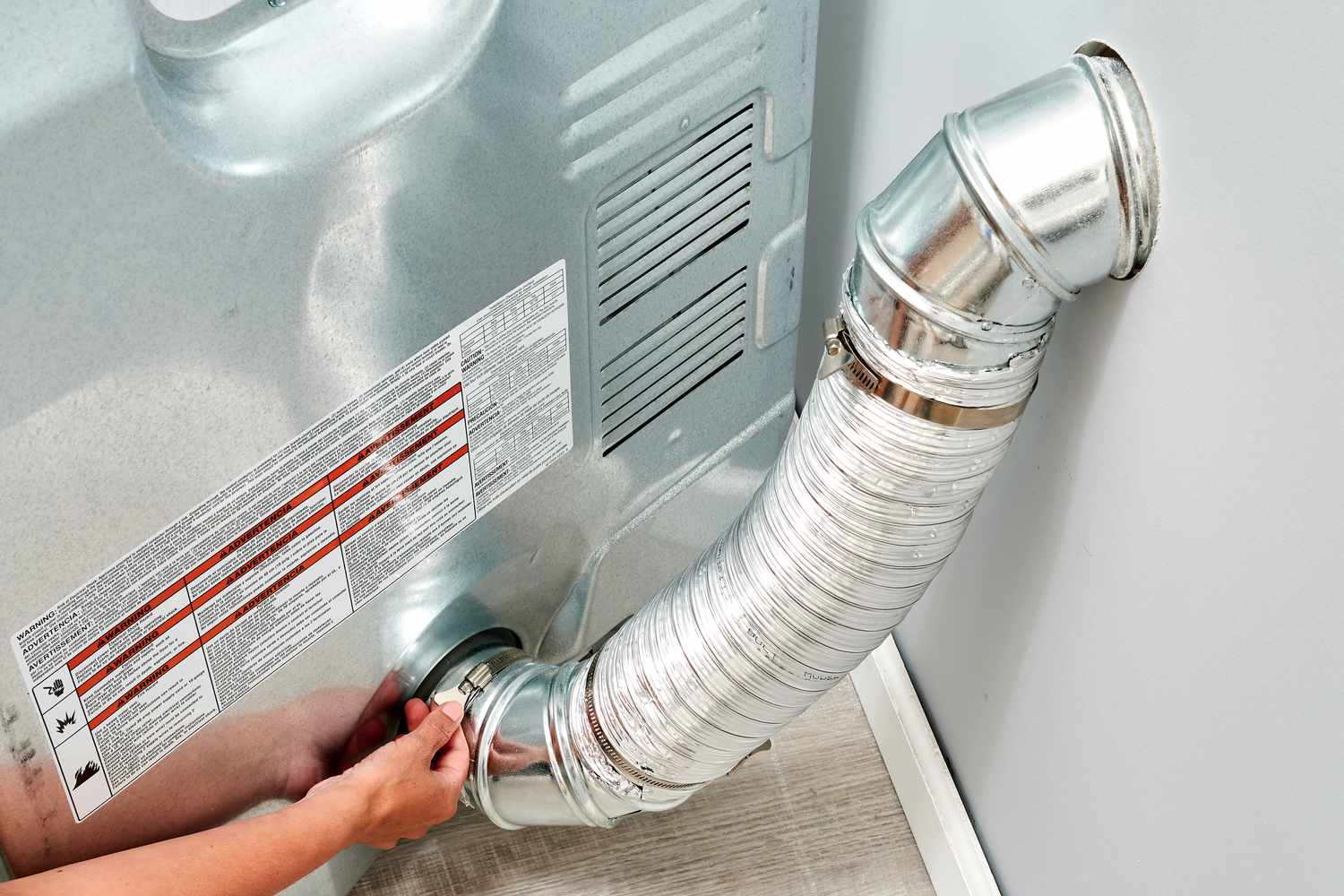
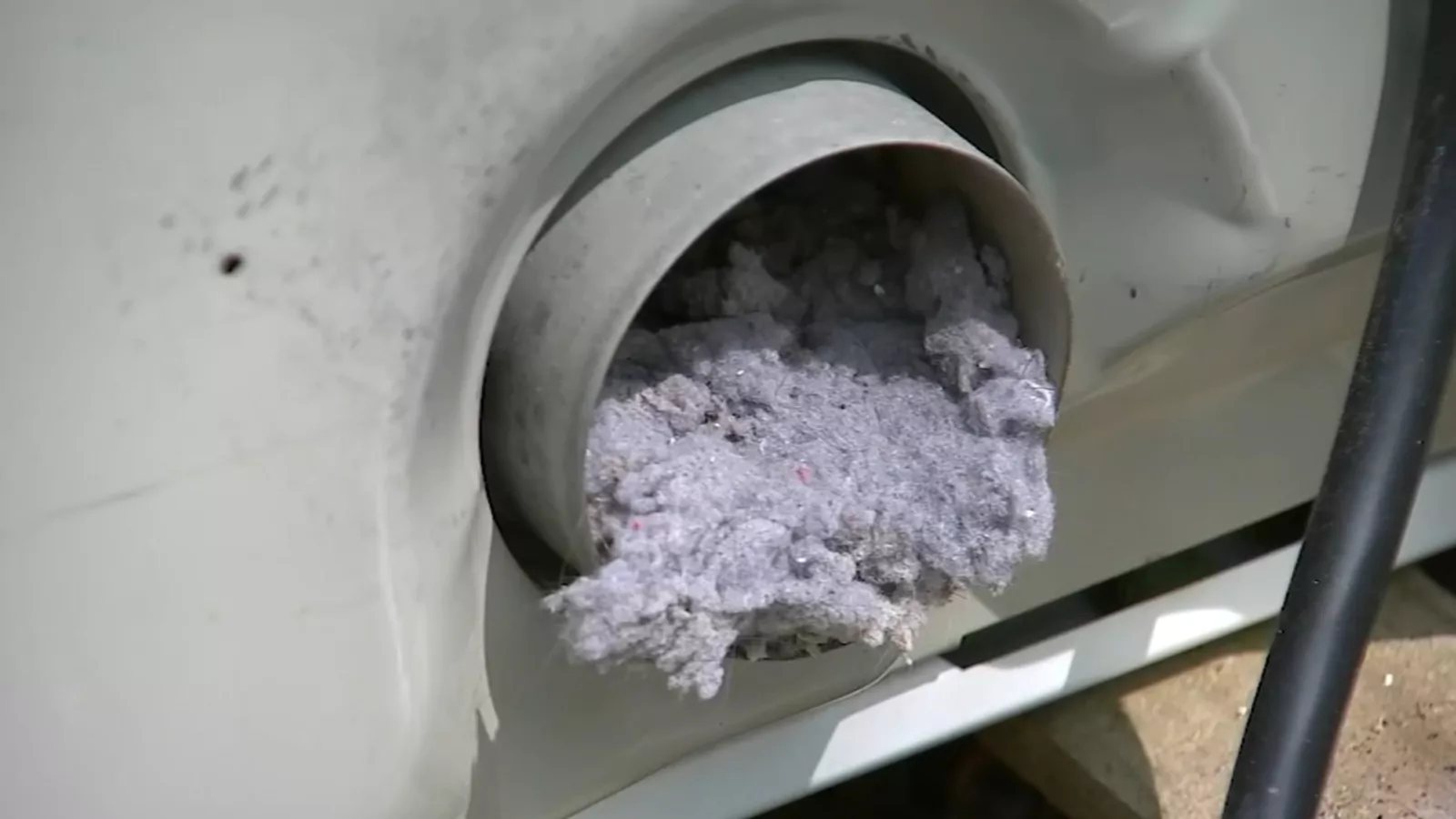


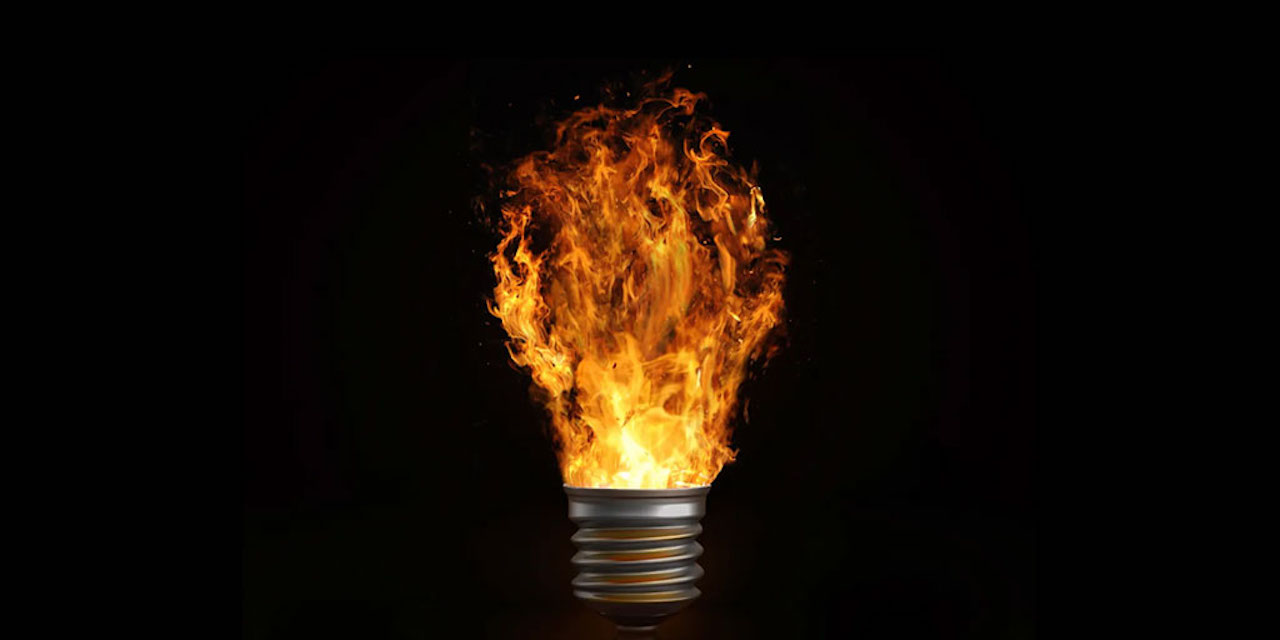


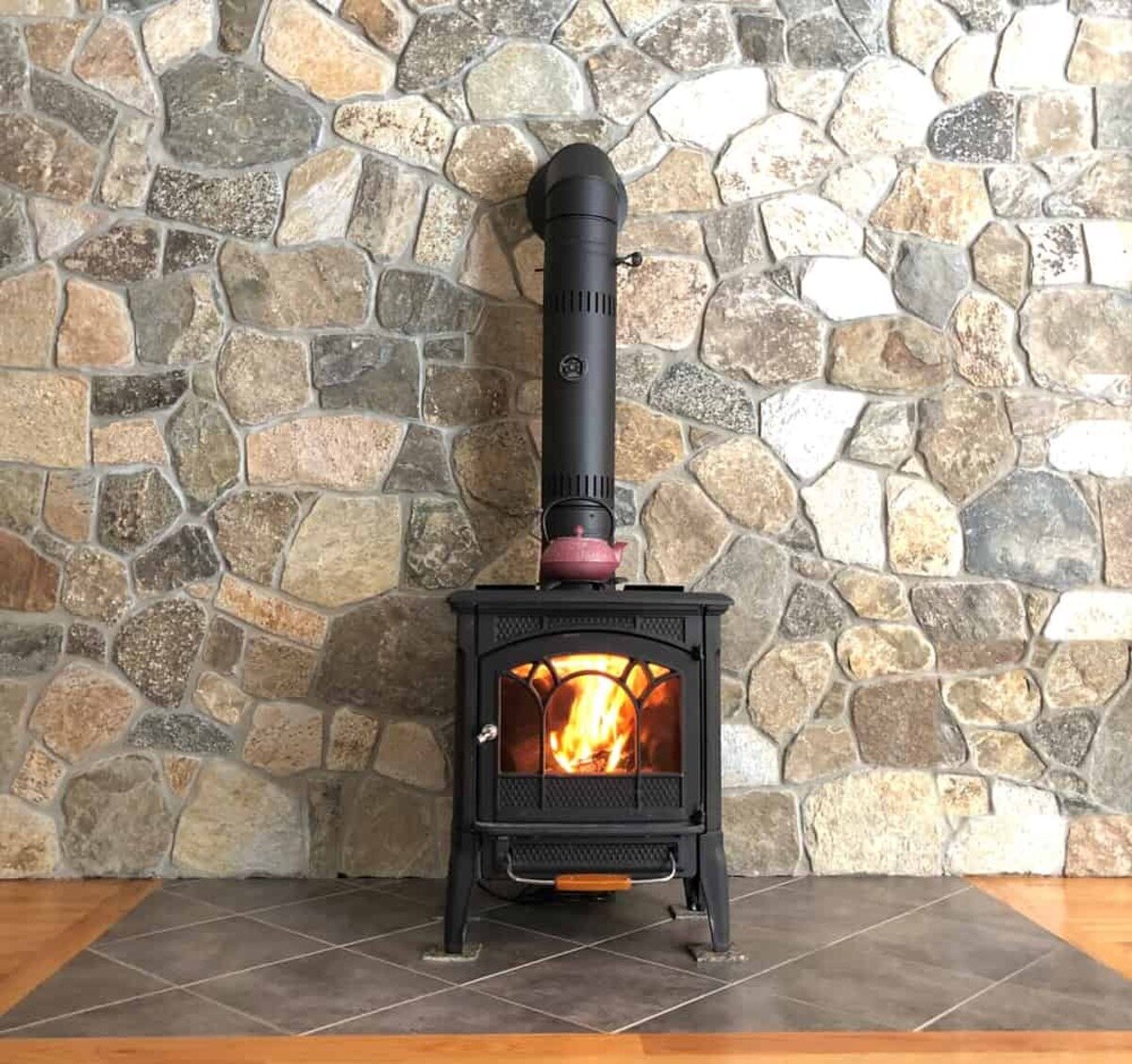
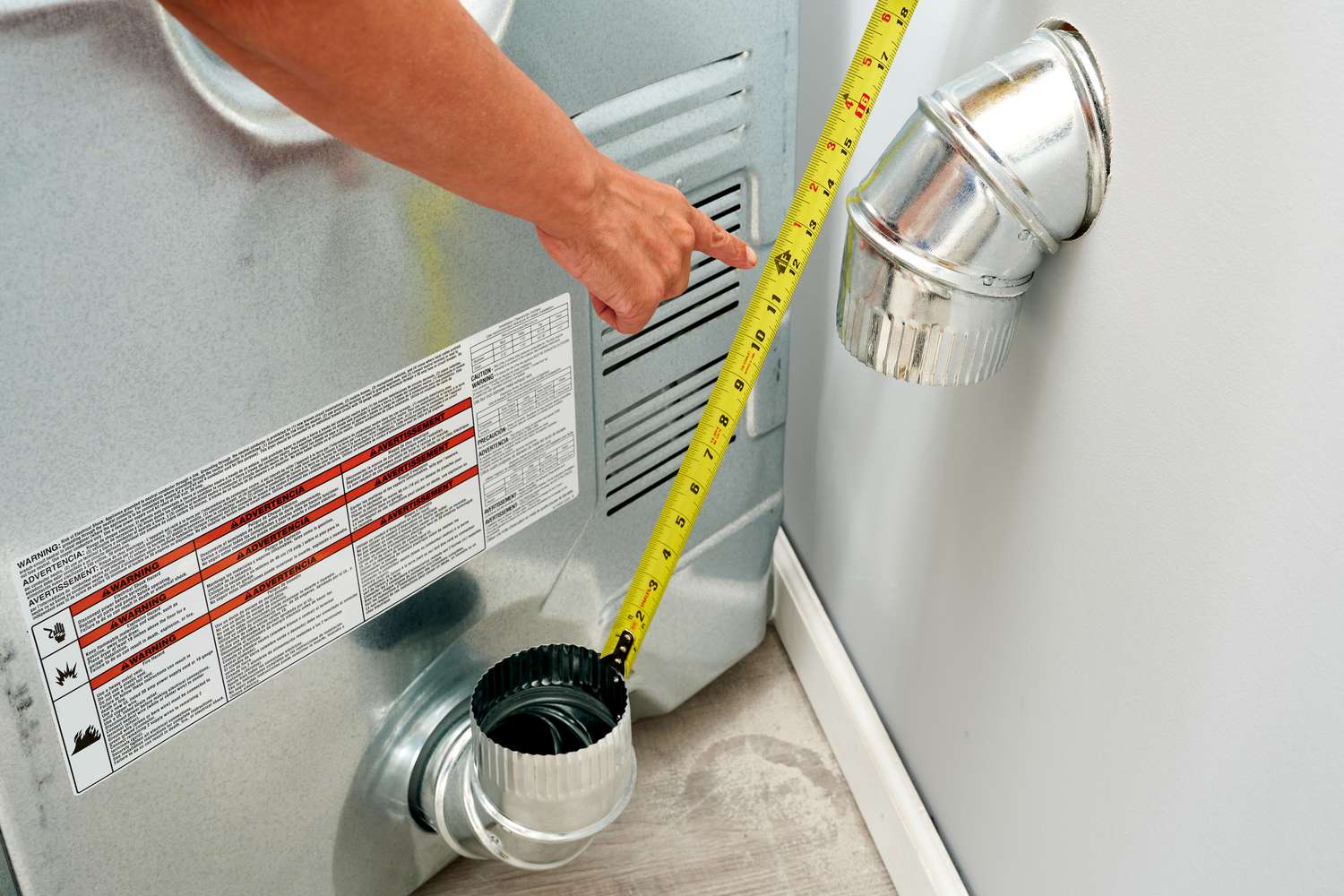

0 thoughts on “How Hot Does A Dryer Vent Get”